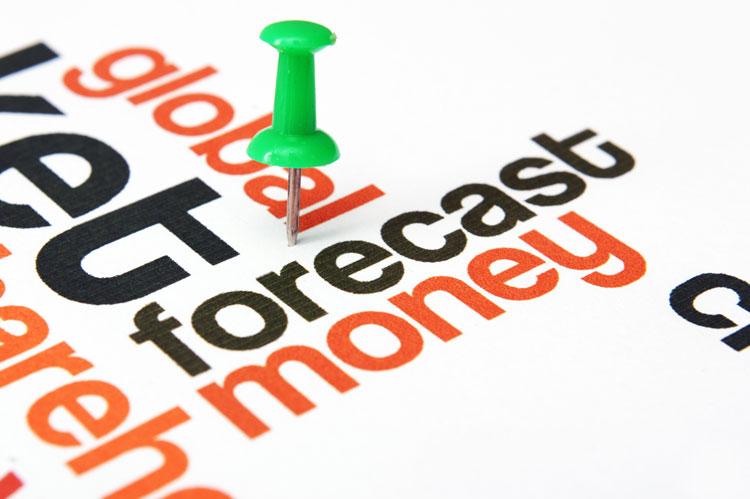An “overwhelming majority” of economists are forecasting that the Reserve Bank of Australia will alter the cash rate tomorrow for the first time since August 2016. Below, two analysts explain the ripple effects likely to spread across the economy as a result.

The good news
Martin North, principal of Digital Finance Analytics, expects there will not only be a cut tomorrow, but another to follow later in the year due to the underperforming economy and dramatic drop in household consumption.
He believes it is highly likely the banks would pass along the savings to their customers, attributing his confidence to three major factors: the Bank Bill Swap Rate (BBSW) “dropping dramatically” over the last several months, the “heavy pressure” the RBA has put on banks to ensure they would pass a rate cut on, and the banks’ need to bolster consumer goodwill.
“The PR effect if the banks didn’t respond when rates were cut would be dramatic. The banks are in reputation-rebuilding mode. I think they would want to show that they are responsive to signals from the Reserve Bank,” North explained.
According to the financial analyst, the RBA hopes that banks would lower interest rates even for existing borrowers – a departure from the trend evidenced in the last several months – improving discretionary household spending and stimulating the economy at large.
The bad news
Unfortunately, North has expressed significant doubt that cutting the rate will achieve this goal.
“The overall economic impact of the RBA’s adjustment will likely only have a marginal effect,” he said.
“In fact, it may have an unintended consequence because cutting that rate basically signals weakness. Sentiment might turn negative, particularly from international investors.”
“The exchange rate will go down, which means we’re likely to import inflation from overseas – high oil prices and high import costs. That may have a limiting impact on the Reserve Bank’s ability to cut further. But I suspect they might be forced to,” he continued.
Potentially rising unemployment, flat income growth, and the rising cost of living seem likely to claim any savings created by a rate cut.
The unexpected outcome
While CoreLogic research analyst Cameron Kusher believes a cut is the most likely decision to be made at tomorrow’s meeting, he could understand if the RBA chose to hold this month.
The housing market may be exhibiting the earliest signs of recovery, but according to Kusher, “It’s not a cut about housing. It’s a cut related to economic growth and inflation.”
He added, “Waiting another month would allow the RBA to gather more evidence as to whether the housing market is truly improving, and it will afford them the luxury of seeing the March quarter GDP figures which are released the day after their board meeting on June 5.”
If the report was to show another weak quarter of economic growth, it would “surely trigger the need for a 25 basis point or even 50 basis point cut to the cash rate in July.”
Waiting would also allow for another month’s data regarding the labour force to be examined, with an increase in the unemployment rate more solidly proving it’s a trend.
Given the “slow and measured approach” that the RBA has shown in its cash rate considerations thus far, it would not be shocking for it to wait for the above data to be accessible before taking action.
